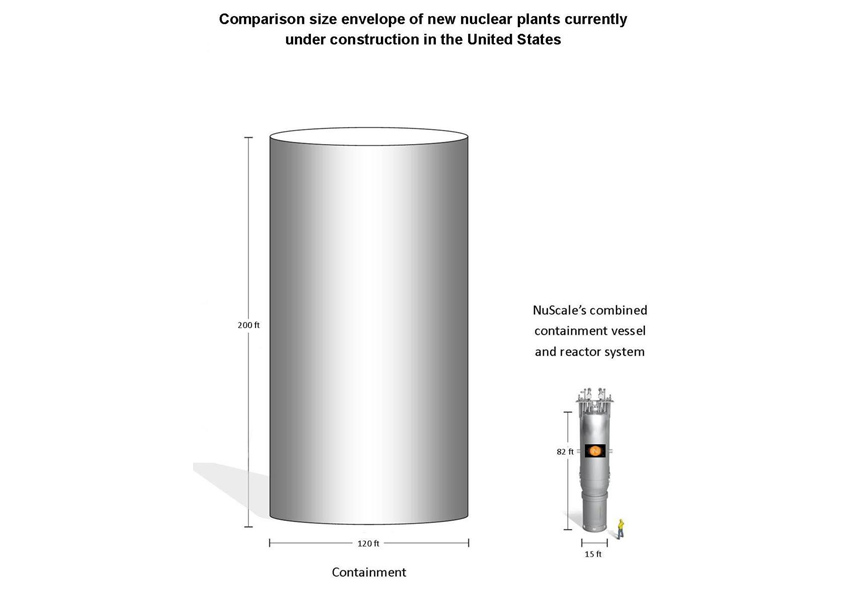Nuclear Reactors 28 - MidAmerican Energy drops plan for Small Modular Rectors
I have mentioned the recent interest in a new generation of small modular reactors in previous posts. Various groups have been working on developing these new devices and bring them to market. Some utilities have been considering purchasing production models of these new designs.
Small modular reactors (SMR) are classified as generating under three hundred megawatts. They are constructed in a factory and delivered fully assembled to the site. This reduces construction time and cost as well as increasing nuclear security. They have natural cooling systems that work when external energy is lost and they locate the core and the spent fuel pool underground. Containment is improved and proliferation is more difficult. SMR design has been moving forward with the help of a grant program of four hundred fifty two dollars to assist in the development and licensing the new technology.
The Idaho National Environment & Engineering Laboratory (INEEL) and Oregon State University (OSU) began a project on SMRs with a grant from the U.S. Department of Energy (DOE) in 2000. After the project ended in 2003, OSU continued working on the design of SMRs. In 2007, OSU granted NuScale Power exclusive rights to their designs through a technology transfer program. NuScale Power has been applying to the U.S. Nuclear Regulatory Commission for licenses for their new technology. One of the companies on the advisory board of NuScale is MidAmerican Energy.
MidAmerican Energy is Iowa’s largest energy company. The company provides electricity to a ten thousand square mile area including parts of Iowa, Illinois, South Dakota and Nebraska. About forty five percent is supplied by coal, about thirty percent is wind powered, nineteen percent is from natural gas and only six percent of their electricity is generated by nuclear, hydroelectric and other sources.
MidAmerican Energy recently raised fourteen million dollars from their rate payers to study the feasibility of purchasing two SMRs for installation at two of their power stations. They had gone to the trouble of getting purchase options for sites. Upon completion of their three year study, they concluded that they were going to abandon their plans to purchase and install two SMRs. Their decision was based primarily on the fact that there is currently not a licensed design for a SMR. They intend to refund eight million eight hundred thousand dollars to the rate payers.
Here we have a supporter of SMR development that has decided that it is just too early to implement the technology. There may be a bit of the old chicken and egg thing going on here. There is not a proven design so there isn’t a market. If there was a market, then someone would finalize a proven design. Although a lot of time and money has been put into SMRs, I am afraid that it is a technology whose time has not come yet.
Comparison of NuScale reactor size with conventional reactor:
